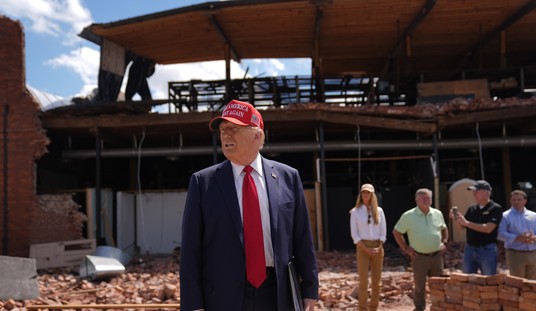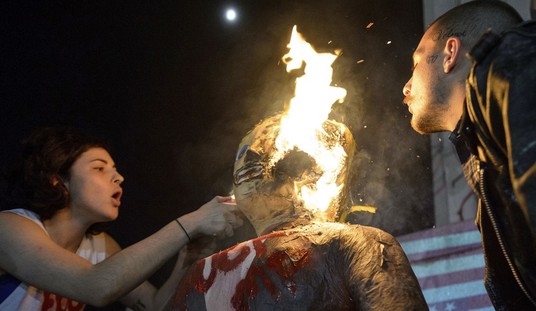Following the President’s State of the Union address, expect ‘pro-worker voices' to ‘organically’ appear from every corner of the country with tear jerking anecdotes of laboring for decades at minimum wage. With around 2% of American workers being paid the minimum wage, the real value of a minimum wage hike is a debate worth having, but equally, and less discussed, is the importance of understanding who is driving the ‘living wage’ debate and who benefits the most.
New faces of economically depressed workers keep regularly emerging. For example, Naquasia LeGrand of Low Pay Is Not Okay recently appeared on The Colbert Report to drive home her talking points. When asked about her newfound celebrity status the following day, she exclaimed that she “never saw this coming." Similarly, Terrance Wise, a homeless, minimum wage worker and parent of three appeared on NPR’s “On Point” to discuss the need for a wage hike.
While Naquasia Legrand may, in fact, have never seen this coming, her handlers certainly did. It’s been well documented in the press that the tightly managed and highly choreographed NYC Fast Food Forward ‘strike’ was orchestrated, directed and funded by the SEIU. Similarly, it was later discovered that Terrance Wise was placed on that NPR program by a left wing public relations firm hired by the SEIU. As new minimum wage legislation is introduced in the US Senate this spring, you can expect a fresh flood of “faces from the crowd.”
The president has failed to deliver on many union agenda items, most notably card check. With lame duckery bearing down on him, it’s now or never and union bosses are looking for their pay off. While a minimum wage hike would benefit the 2% of workers at minimum wage, who it would really benefit in a substantial way are the unions that pegged their collective bargaining agreements to the minimum wage. If they can’t get a hike on the federal level, the national dialogue promises even better payouts on the local level. The recently approved Seatac $15 an hour mandate in Washington state included a union exemption.
The only hurdle for union bosses is the fact that Americans, to date, haven’t believed them. Unions simply are not credible messengers with the American public, and the president needs political cover. Further more, he needs more than a few good campaign issues for the midterm elections as Democrats struggle to retain control of the US Senate. The solution is too utilize ‘independent’ non-profit groups, worker centers, to appear provide the veneer of everyday American workers for the TV cameras.
Recommended
A recent New York Times article pointed out that employers for the first time were responding to and countering worker centers. Worker centers are, in fact, a new phenomena used in union public relations campaigns and to organize workplaces by dodging labor law, but this is far from the first time, union bosses have pushed the bounds of what is legally allowable. As union membership plummets and their pensions fail, they do howeverrealize if not successful it may be their last.
So as the president's focus shift to minimum wage hikes as a solution to economic inequality – we must ask ourselves whether thinly veiled union front groups such as Fast Food Forward, Fight for 15 and Restaurant Opportunities Center are truly lifting up the voices of workers or – more likely – the voices of the union fat cats looking for a creative way to achieve their economically infeasible demands on America's job creators.

